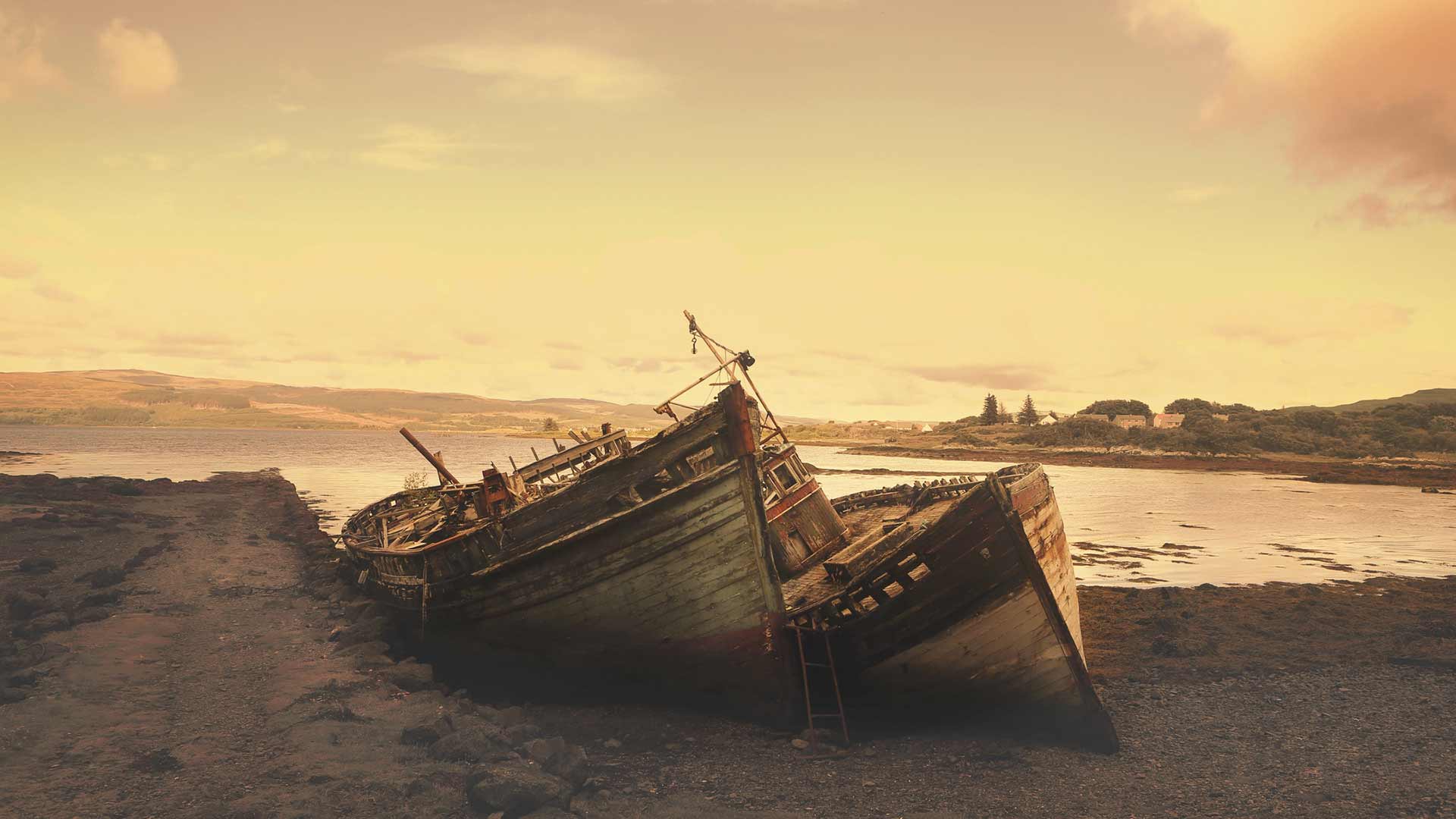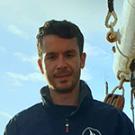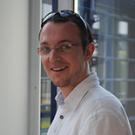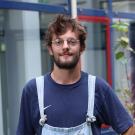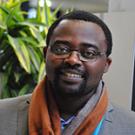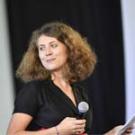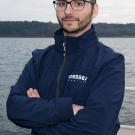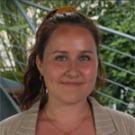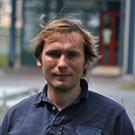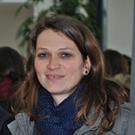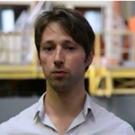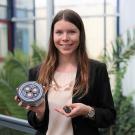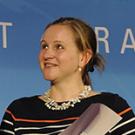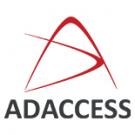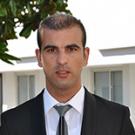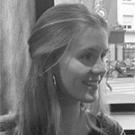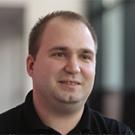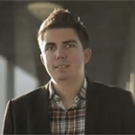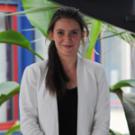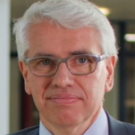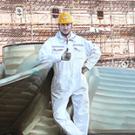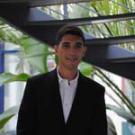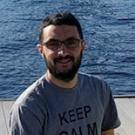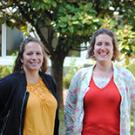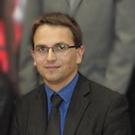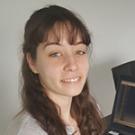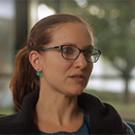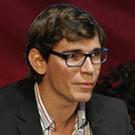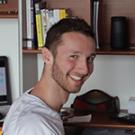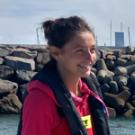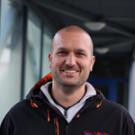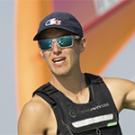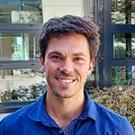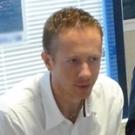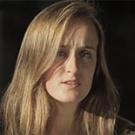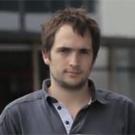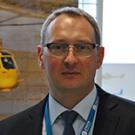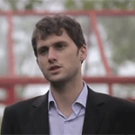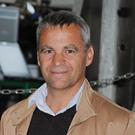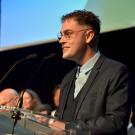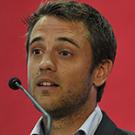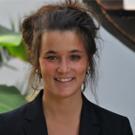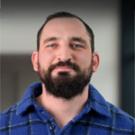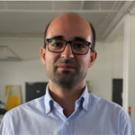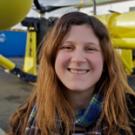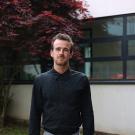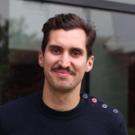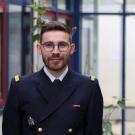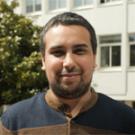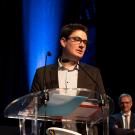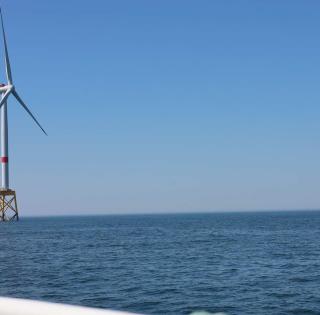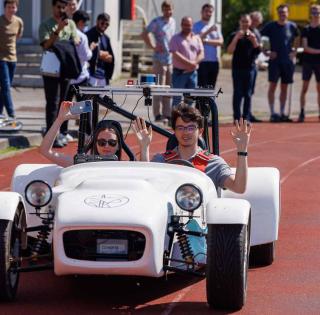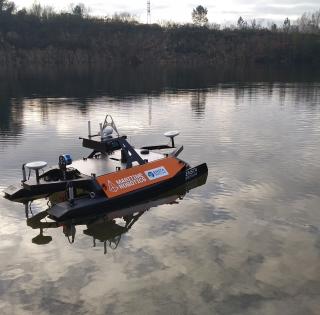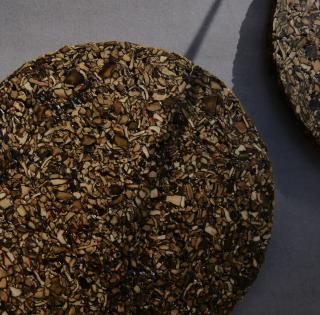
This expert in marine renewable energies specialiThe objective of the Entrep’ is to simulate a business start-up via a business plan. For several months (18 weeks), the students from different establishments (engineers, legal practitioners, biologists, communication specialists, etc.) work together on creative and innovative projects. In 2020, the program attracted 158 Breton students for 31 projects.
The patron of this edition was Antonin Raffarin, head of the incubator ENSTARTUPS at ENSTA Bretagne. Antonin, is a former competitor in Entrep’, who received the Brittany prize for Inobo Kiteboarding, a company that he subsequently created.
At this strange time of confinement, the regional final during which the teams had to sell the jury their idea, was changed. To be evaluated at a distance, the students had to send a video pitch lasting about ten minutes.
The group was composed of Auxane (project leader and ENSTA Bretagne third year student), Maxime and Samuel (ENSTA Bretagne first year students) and Lola, third year law student at UBO.
We had the pleasure of interviewing Auxane, ENSTA Bretagne student and project leader of Circuit Kouc’h which won the Finistère prize. She tells us about her experience.
Could you present yourself ? What is your educational path at ENSTA Bretagne?
I joined ENSTA Bretagne after intensive preparatory classes (higher maths, physics and engineering sciences).
At the end of the first year general engineer training, I chose to follow Offshore and Naval Architecture specialization. In the second year, I decided to join the Engineering and Business Science option to add a managerial angle to my training.
What is Circuit Kouc’h?
Circuit Kouc’h is a company creation project which upcycles pleasure boat hulls when they are at the end of their lifespan. It consists in transforming used boat hulls into ecological, statement, marine-themed furniture.
The name Circuit Kouc’h refers to the lifecycle of the hull which we want to upcycle, with geographical implications (“kouc’h” is Breton for “hull”, and is pronounced like “court” in French which means short) as this is a project which aims to develop locally.
Did you come up with this idea, and if so, how?
I came up with the project in the first place. The idea came to me when I became aware of the recycling issues surrounding pleasure boat hulls. The French used pleasure boat scrapheap is huge (150 000 in 2019 according to ADEME) and 80% of the hulls are in composite materials, mostly polyester and fiberglass.
There is no recycling of composites in France which means that scrap composites are either put in landfill or incinerated. Worse still, the boats are not necessarily dismantled and a large number of them are abandoned in ports and on the coast. If nothing is done, they will finish up in the sea. This state of affairs causes many problems including environmental damage (water, air and ground pollution). So, I looked for a way to upcycle these boat hulls and that led to the idea of making them into furniture.
What were the different stages in setting up this project?
After the idea phase, we needed to put the idea to professionals and the market. To do that, we met many stakeholders : lecturers from ENSTA Bretagne,shipyards, salvage yards, designers, bankers, etc. According to the discussions, we refined or changed our project. At the same time, we met passers-by at the Capucins and sent out online questionnaires to find out public opinion on this project and to be able to adjust the value proposition.
We also had the advantage of help from our Entrep’ coaches and Antonin Raffarin, head of the ENSTA Bretagne incubator. To be honest, it is difficult to list the creation stages of the project because this grew according to an iterative process, rather than in linear stages, the new feedback encouraging us to modify the previous idea.
What were the team members’ profiles and how did you divide up the tasks?
We are four in the team: Lola, a law student at UBO, Samuel and Maxime, first year ENSTA Bretagne students and myself, third year student in ISE (Engineering and Business Science). Of course Lola took charge of the legal aspects linked to dismantling boats. Samuel and Maxime looked into the technical and transformation aspects of the hulls (techniques, tools, hull forms etc.). As for me, apart from the overall project management, I took charge of the market survey and contacts with the different stakeholders in the pleasure craft world.
How did your training help to win this project (the lessons, association membership etc)?
In terms of theoretical knowledge, the lessons in entrepreneurship given as part of the ISE (Engineering and Business Science) were a precious help of course, as were all those on commercial development and marketing. Moreover, the double degree with IAE gave me the bases in accounting and financial analysis essential for drawing up a finance plan for the project. On a more technical level, the Materials lessons were useful for understanding the composite materials that make up a boats’ hull. Moreover, the many group projects in the training taught me how to manage a project and a team.
From the association point of view, my commitment as a female project leader in the ENACTUS Association (social entrepreneurship) had already given me a good insight into social entrepreneurship and its tools: for example, I had already had to draw up a business plan.
Lastly, my operator internship in a shipyard in Brest meant that I was familiar with the naval sector and the issues associated with it.
What has this experience brought you?
This project is the synthesis and result of my years of training at ENSTA Bretagne:
- the technical aspects of working with composite materials and boat hull architecture called on my training in Mechanics and Naval Architecture,
- The project management and company creation aspects were the direct application of my training in Engineering and Business Science.
- It also enabled me to complete my knowledge on the legal, financial and strategic aspects of company creation
- as well as other aspects that are rarely studied in engineering schools , such as marketing and communication.
- Finally, it was an opportunity to develop the soft skills that are only acquired through experience: an entrepreneurial spirit, active listening, accepting criticism, group awareness, just to quote a few.
What are your future projects? Will there be a follow up to this project? Are you going to create a company?
I like creating and I always have a lot of ideas, so I am sure that there will be other projects. What I love about the creative process, is being able to find solutions to the problems that you see around you. Thus, I have the impression that I am “changing the world”, on my own scale. However, if going from an idea to a project is not a problem, going from a project to its fruition is more delicate. That takes a lot of will power and perseverance to take it through to the end.
As for Circuit Kouc’h, we have had an enormous amount of encouragement and positive feedback on this project which really makes us want to continue the adventure. At this stage of the project, it would be interesting to work with Design students to draw up prototypes. In particular, I am thinking about the Master in Design and Ecological Transition at EESAB, Brest.
As for creating a company, that presupposes having obtained encouraging results for the prototyping and having confirmed the market by calling on a professional to lead a larger and more rigorous market survey. If, effectively, the project has the potential to become a profitable and durable business, its creation can be a viable proposition. But today, I also want to discover industry and salaried work, and why not add a few strings to my bow before coming back to create the company in a few years time.






